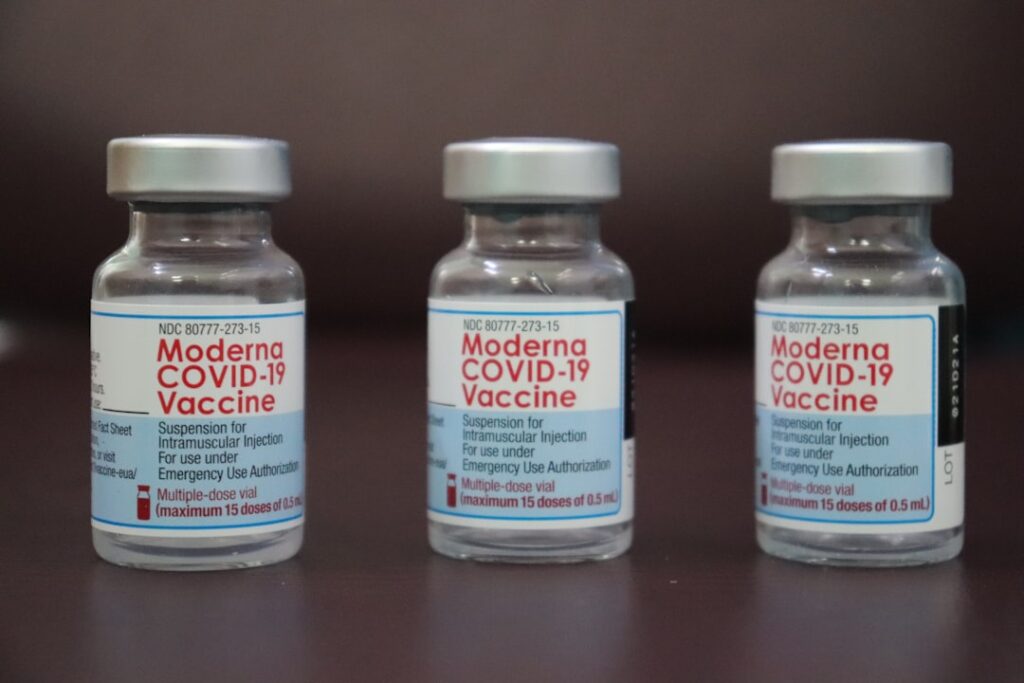Ever felt overwhelmed trying to understand US health insurance? You’re not alone. The system is notoriously complex, leaving many Americans stressed and confused about their coverage options. This guide aims to simplify the process, providing you with the knowledge and strategies to navigate the US healthcare landscape with confidence.
The Maze of US Health Insurance: Why It’s So Difficult
The US healthcare system is unlike any other developed nation. It’s a complex web of private and public insurers, plans, deductibles, copays, and networks. This complexity arises from a mix of factors, including:
- Multiple Insurance Types: From employer-sponsored plans to individual market plans, Medicare, and Medicaid, the choices are vast and varied.
- Varying Coverage Levels: The level of coverage you receive significantly differs based on your chosen plan, leading to unpredictable out-of-pocket costs.
- Complex Terminology: Understanding terms like “deductible,” “copay,” “coinsurance,” and “out-of-pocket maximum” is crucial, yet often challenging for the average person.
- Navigating Provider Networks: Choosing a plan that covers your preferred doctors and hospitals is paramount, requiring careful research.
This lack of transparency and complexity contributes to significant financial strain on many families. A study published in the American Journal of Public Health found that medical debt is a leading cause of bankruptcy in the United States.[1] Furthermore, the Kaiser Family Foundation reports consistently high rates of uninsured and underinsured Americans, highlighting the challenges in accessing affordable healthcare.[2]
Understanding Key Health Insurance Terms
Let’s break down some essential terms to make understanding US health insurance less daunting:
- Premium: Your monthly payment for health insurance.
- Deductible: The amount you must pay out-of-pocket before your insurance starts covering costs.
- Copay: A fixed fee you pay for a doctor’s visit or other services.
- Coinsurance: The percentage of costs you pay after meeting your deductible.
- Out-of-pocket maximum: The most you will pay out-of-pocket in a year.
- Network: The group of doctors, hospitals, and other healthcare providers your insurance plan covers.
A Real-Life Example
Imagine Sarah, a single mother working two part-time jobs. She’s trying to choose a health insurance plan on the Marketplace, but the sheer volume of options and confusing terminology overwhelms her. She ends up choosing a plan with a low premium, only to realize later that the high deductible and limited network leave her with significant out-of-pocket costs when her child gets sick.
Strategies for Navigating the System
Here’s how to make informed decisions and successfully navigate the US health insurance landscape:
- Understand your needs: Consider your health history, current medications, and preferred healthcare providers.
- Use online comparison tools: Websites like Healthcare.gov offer tools to compare plans based on your needs and budget.
- Read the fine print: Pay close attention to the details of each plan, including the deductible, copay, coinsurance, and network.
- Ask questions: Don’t hesitate to contact insurance providers or a healthcare navigator for clarification.
- Consider a health savings account (HSA): If eligible, an HSA can help you save for healthcare expenses tax-free.
Common Myths and Mistakes to Avoid
Many misconceptions surround understanding US health insurance. Let’s debunk some common myths:
- Myth: The cheapest plan is always the best. Reality: A low premium may come with a high deductible and limited coverage, resulting in higher out-of-pocket costs in the long run.
- Myth: I don’t need health insurance if I’m young and healthy. Reality: Unexpected illnesses or injuries can occur at any age, leading to potentially devastating financial consequences without insurance.
Empowering Yourself to Make Informed Choices
Understanding US health insurance doesn’t have to be an insurmountable task. By taking the time to learn the key terms, utilize available resources, and ask questions, you can confidently choose a plan that meets your needs and budget. Remember, your health is your most valuable asset; taking control of your healthcare coverage is a crucial step in protecting it.
Start exploring your options today and take control of your healthcare future.





